The chemistry of carbon dioxide may not save the human race on Earth, but could enable a new beginning for life on the red planet.
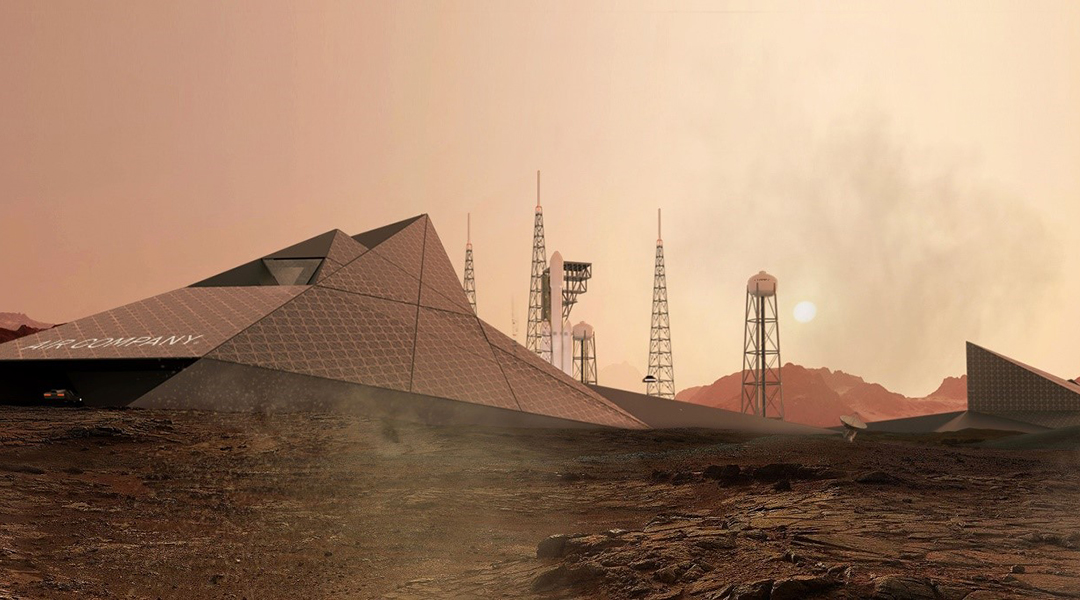

The chemistry of carbon dioxide may not save the human race on Earth, but could enable a new beginning for life on the red planet.
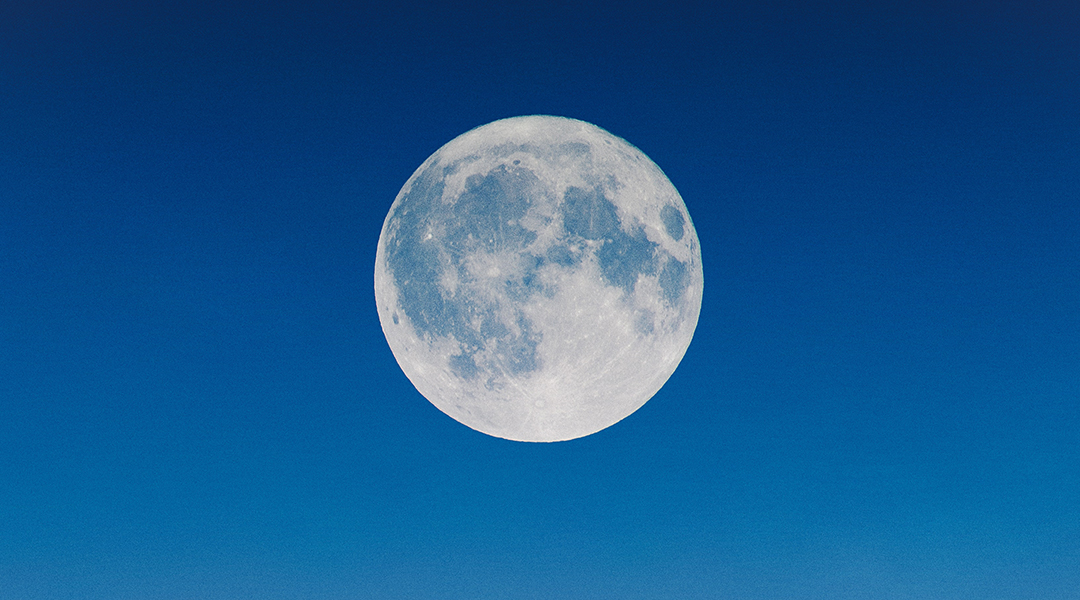
Tiny moon shadows may harbor hidden stores of ice.
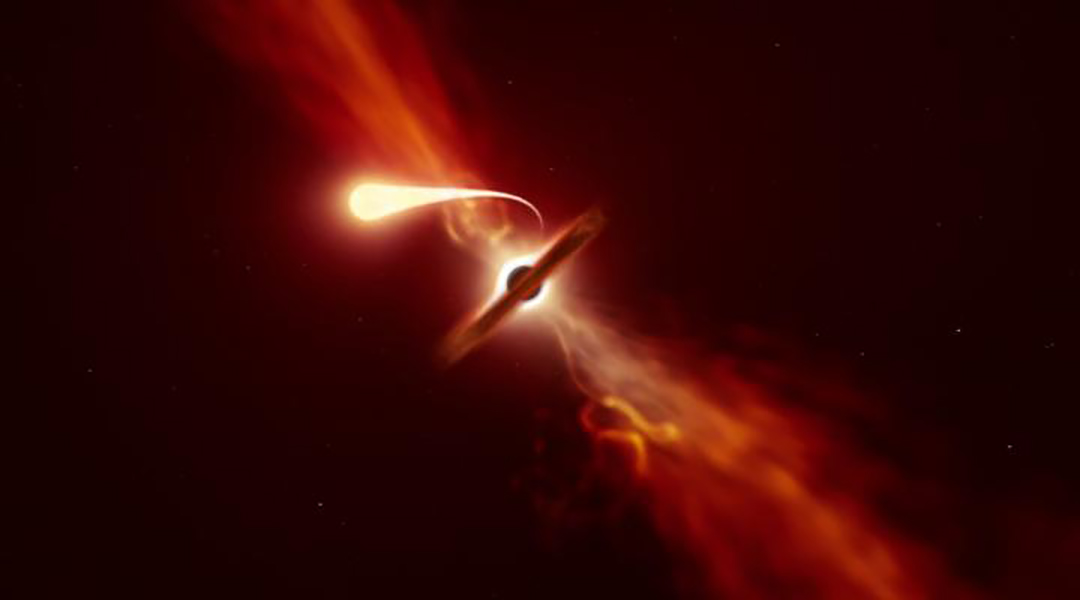
New observations capture a star experiencing spaghettification as it’s sucked in by a supermassive black hole.
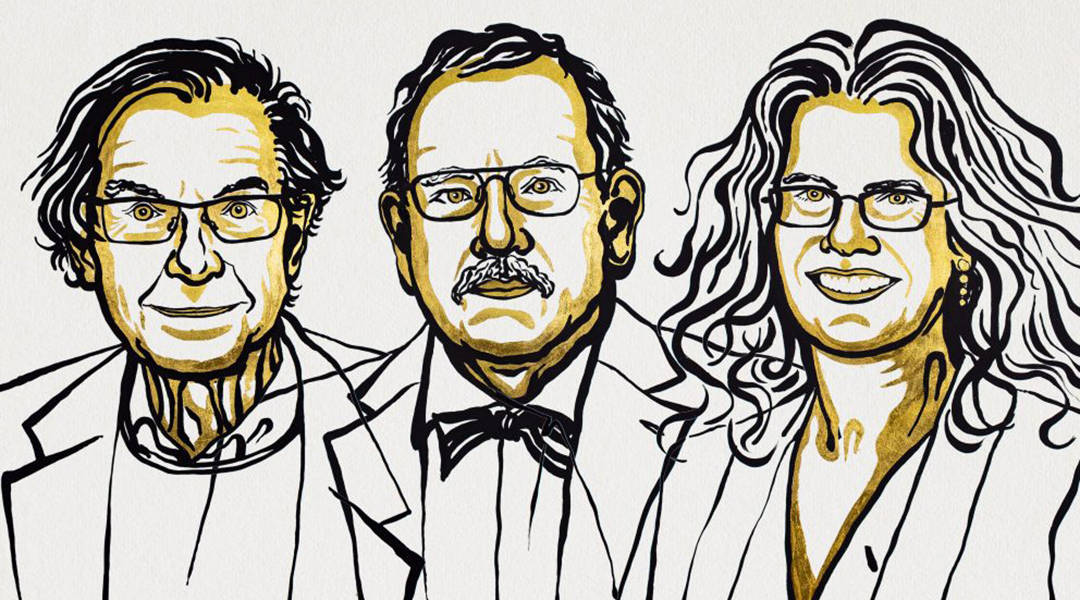
Three laureates share this year’s Nobel prize in physics for their discoveries about one of the most exotic phenomena in the universe: the black hole.
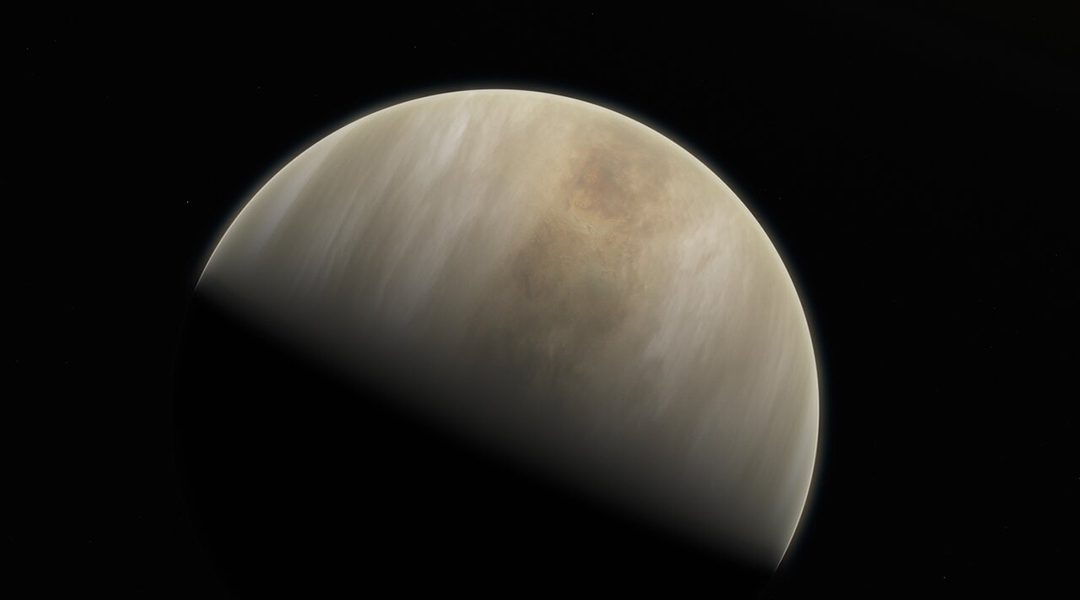
A possible marker of life has been spotted in the clouds of Venus and has astronomers excited about the possibility of extra-terrestrial “aerial” life on the harsh planet.
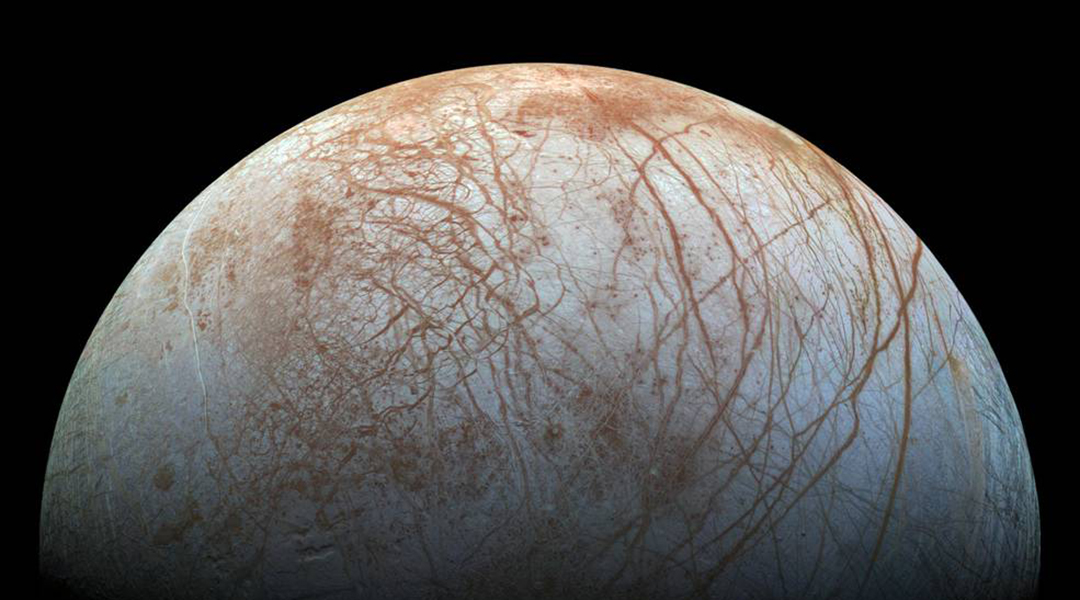
The gravitational push and pull by Jupiter’s moons could account for more warming than the gas giant Jupiter alone.
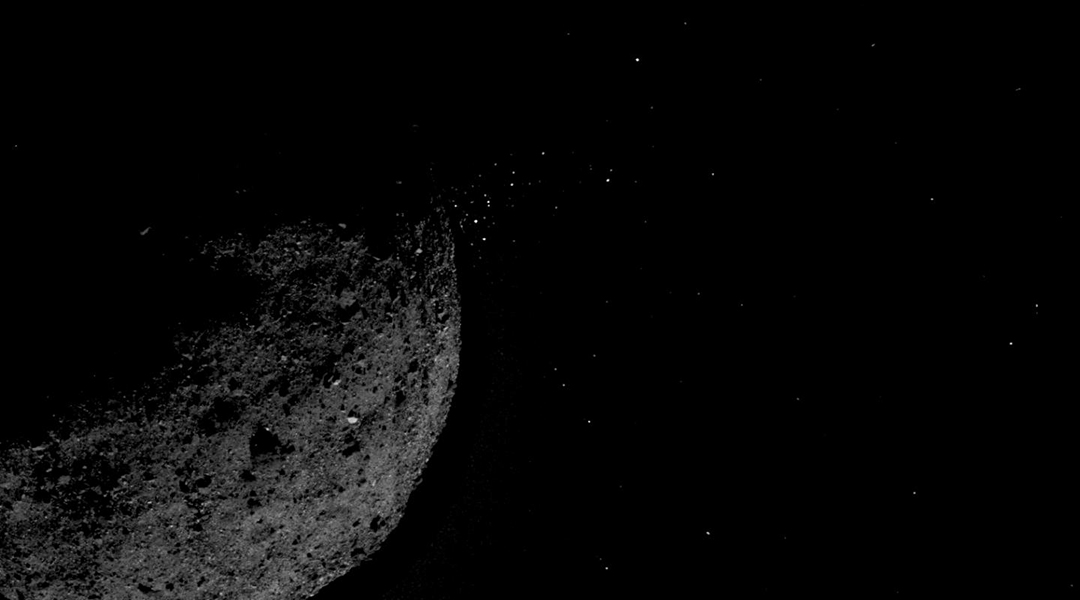
While studying asteroid Bennu up close, NASA’s OSIRIS-REx spacecraft witnessed periodic outbursts of material being kicked up from the surface; a dedicated observation campaign revealed details of the activity.

New observations allowed astronomers to see, for the first time, the shadow of GW Orionis’ inner ring, which helped them figure out its 3D orientation.
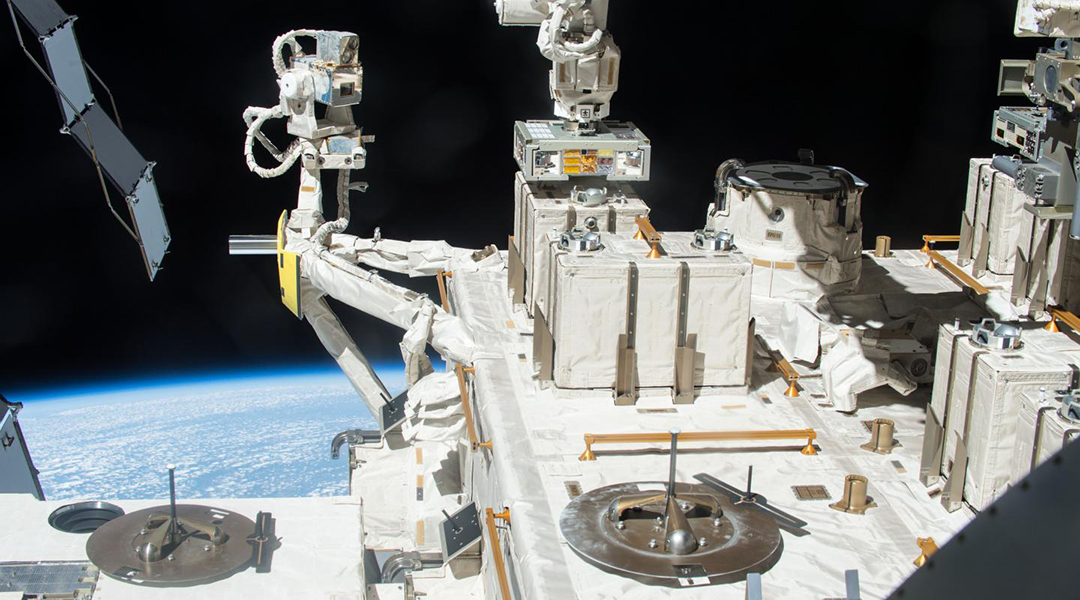
New study provides the best estimate to date that bacteria could survive a trip to Mars.
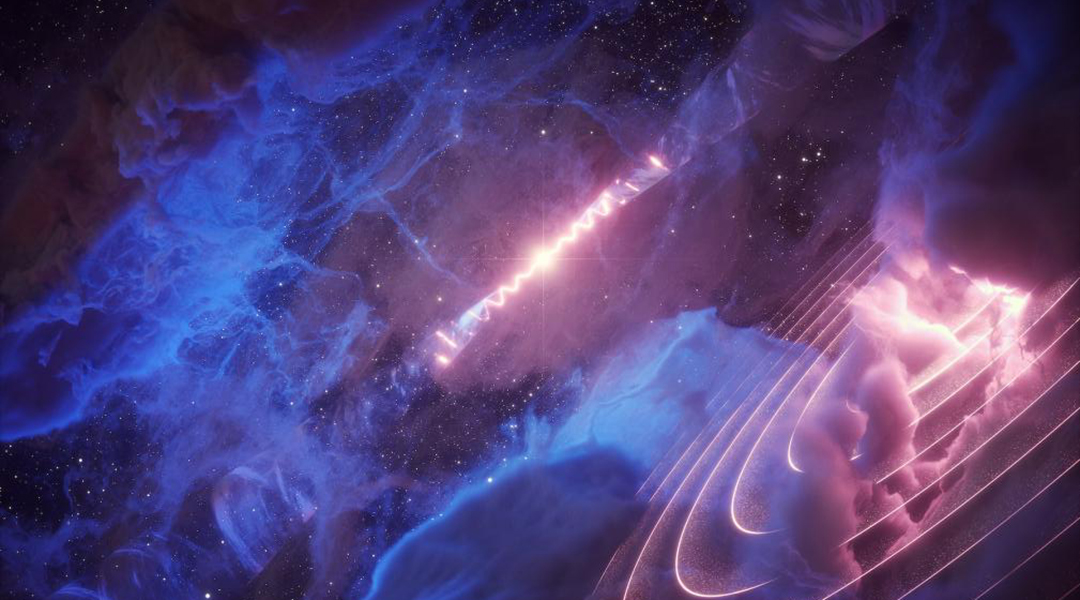
Cosmic gas cloud blinks in sync with circling black hole.